Smudge spot cory - Corydoras similis
Scientific name: Corydoras similis
Common name: Smudge spot cory
Family: Callichthyidae
Usual size in fish tanks: 4 - 5 cm (1.57 - 1.97 inch)
014
Recommended pH range: 6.5 - 7.5
Recommended water hardness: 4 - 20°N (71.43 - 357.14ppm)
0°C 32°F30°C 86°F
Recommended temperature range: 20 - 26 °C (68 - 78.8°F)
The way how these fish reproduce: Spawning
Where the species comes from: South America
Temperament to its own species: peaceful
Temperament toward other fish species: peaceful
Usual place in the tank: Bottom levels
Food and Feeding
Smudge Spot Corys are omnivorous and thrive on a varied diet. Their staple diet should consist of high-quality flake food, sinking pellets, and algae wafers. To keep them in optimal condition, offer protein-rich treats such as bloodworms, brine shrimp, or daphnia at least once a week. Feeding them in the evening aligns with their natural feeding habits, as they are more active during this time.
Origin
Corydoras similis is native to South America, specifically the tributaries of the Rio Madeira. This region is characterized by slow-moving waters, sandy substrates, and abundant vegetation, providing ideal conditions for these bottom-dwelling catfish. The fish's adaptability to a range of water conditions reflects the diversity of its natural habitat.
Sexing
Sexing Smudge Spot Corys is most effective when viewing the fish from above. Females are slightly larger and more rounded in body shape, especially when they are ready to breed. Males, on the other hand, appear slimmer and more streamlined.
Breeding
Breeding Corydoras similis in captivity is achievable with the right conditions. A breeding group with a ratio of two males to one female tends to produce the best results. Before breeding, condition the fish with live or frozen foods for about a week. In the breeding tank, females will carry fertilized eggs to suitable surfaces for attachment, such as plants, rocks, or tank glass. The eggs typically hatch within 3-4 days. Once the fry are free-swimming, feed them with Infusoria or fine powdered food, gradually transitioning to newly hatched brine shrimp as they grow.
Lifespan
With proper care, Smudge Spot Corys can live for 3-5 years, bringing charm and activity to a well-maintained aquarium.
Tank Setup and Behavior
Smudge Spot Corys are peaceful and social, making them excellent candidates for community tanks. They thrive when kept in groups of at least six, which helps reduce stress and encourages their natural behaviors. A sandy substrate is essential to protect their delicate barbels, and the tank should include plenty of hiding places such as driftwood, caves, or plants to mimic their natural habitat.
These corys coexist well with other peaceful species, including small tetras and dwarf cichlids, as long as their tank mates are non-aggressive. Maintaining water quality with regular changes and a gentle flow is crucial for their health and well-being.
- Neon Tetras – Their vibrant colors and peaceful nature make them excellent companions.
- Harlequin Rasboras – A calm schooling fish that complements the Smudge Spot Cory.
- Rummy Nose Tetras – Peaceful and visually striking, they share similar water preferences.
- Bolivian Rams – Gentle dwarf cichlids that add personality without disrupting the corys.
- Pearl Gouramis – Graceful and non-aggressive, they occupy upper tank levels.
- Cherry Barbs – Colorful and peaceful, they thrive in community settings.
Short Description
Corydoras similis, or Smudge Spot Cory, is a delightful bottom-dwelling catfish known for its peaceful nature and adaptability to community aquariums. With their distinctive markings and playful behavior, they add personality and activity to any tank. These corys are a fantastic choice for aquarists of all levels, offering ease of care and compatibility with a wide range of tank mates.
Picture
Bought by aqua-fish.net from jjphoto.dk.
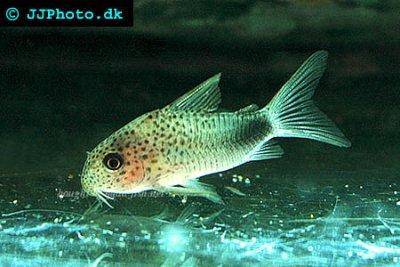

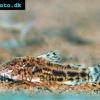 Aspidoras
Aspidoras 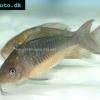 Giant
Giant 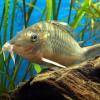 Hognosed
Hognosed 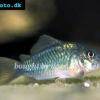 Emerald
Emerald 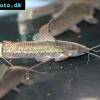 Cascarudo
Cascarudo 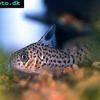 Acre
Acre 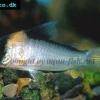 Adolfo’s
Adolfo’s 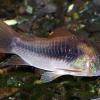 Bronze
Bronze 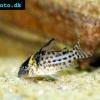 Agassizii’s
Agassizii’s 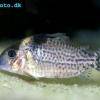 Spotted
Spotted 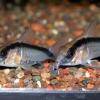 Skunk
Skunk 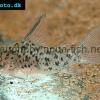 Corydoras
Corydoras 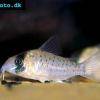 Fairy
Fairy 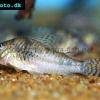 Corydoras
Corydoras 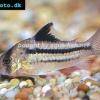 Pink
Pink 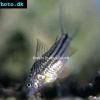 San
San 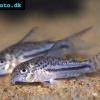 Bond’s
Bond’s  Spotted
Spotted 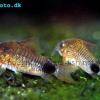 Tailspot
Tailspot 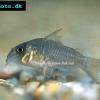 Concolor
Concolor 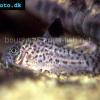 Cope’s
Cope’s 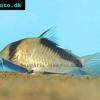 Sand’s
Sand’s 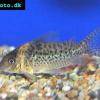 False
False 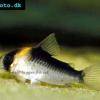 False
False 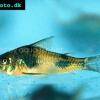 Ehrhardt’s
Ehrhardt’s 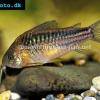 Elegant
Elegant 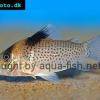 Saddle
Saddle 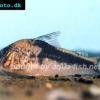 Fowler’s
Fowler’s 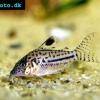 Gomezi
Gomezi 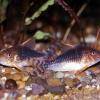 Palespotted
Palespotted 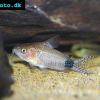 Guapore
Guapore 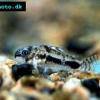 Dainty
Dainty 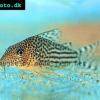 Mosaic
Mosaic 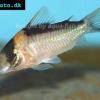 Imitator
Imitator 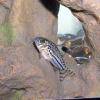 Julii
Julii 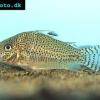 Leopard
Leopard 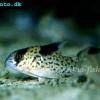 Black
Black 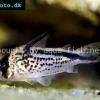 Slant-bar
Slant-bar 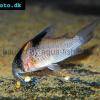 Bluespotted
Bluespotted 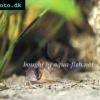 False
False 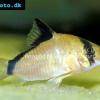 Bandit
Bandit 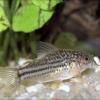 Mini
Mini 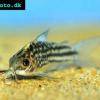 Napo
Napo 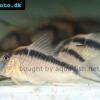 Corydoras
Corydoras 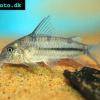 Blue
Blue 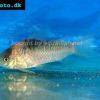 Nijssen’s
Nijssen’s 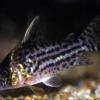 Ornate
Ornate 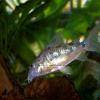 Peppered
Peppered 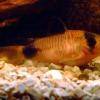 Panda
Panda 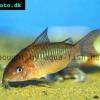 Albertini
Albertini 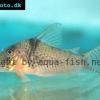 Pastaza
Pastaza 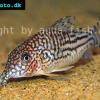 Corydoras
Corydoras 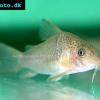 Many-spotted
Many-spotted 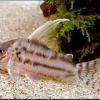 Pretty
Pretty 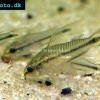 Dwarf
Dwarf 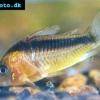 Iridescent
Iridescent 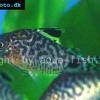 Reticulated
Reticulated 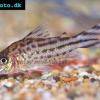 Bannertail
Bannertail 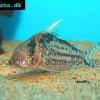 Robust
Robust 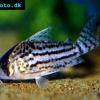 Schwartz’s
Schwartz’s 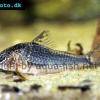 Black
Black 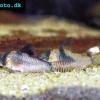 Longnosed
Longnosed 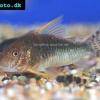 Seuss’
Seuss’ 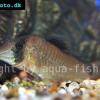 Masquerade
Masquerade 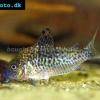 False
False 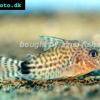 Millenium
Millenium 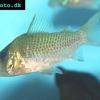 Pinkthroat
Pinkthroat 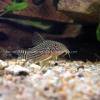 Sterba’s
Sterba’s 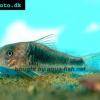 Longsnout
Longsnout 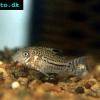 False
False 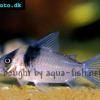 Miguelito
Miguelito 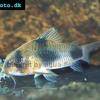 Twosaddle
Twosaddle 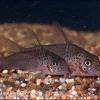 Xingu
Xingu 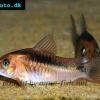 Black
Black 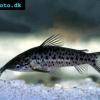 Porthole
Porthole 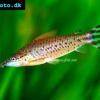 Flagtail
Flagtail 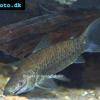 Brown
Brown 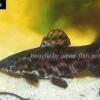 Spotted
Spotted